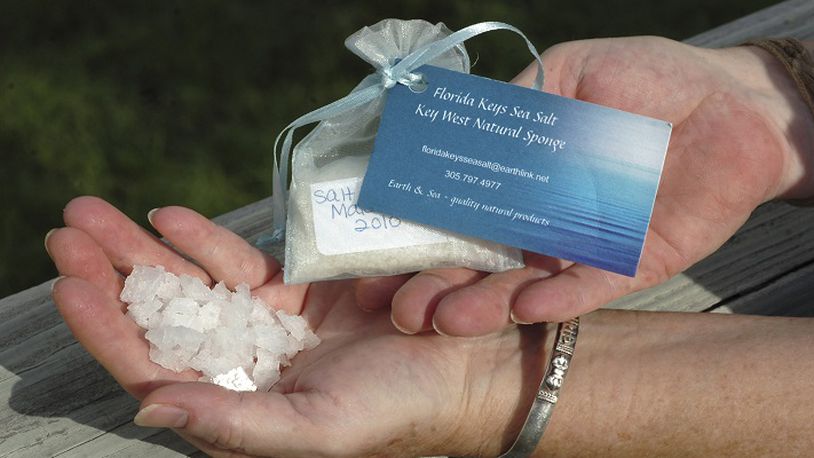To improve cardiovascular health, the American Heart Association recommends 150 minutes per week of moderate exercise (30 minutes a day, five days a week), or 75 minutes per week of vigorous exercise -- or a combination of the two. For people who would benefit from lowering their blood pressure or cholesterol, the AHA recommends 40 minutes of aerobic exercise of moderate to vigorous intensity three to four times a week to lower the risk of heart attack and stroke.
In addition, diabetes is a major risk factor for stroke and heart disease. Compared to women without diabetes, women with diabetes have two to four times higher death rates from heart disease. And if people with diabetes also have high blood pressure and high blood cholesterol, the risk is even greater.
All of us have the power to control our weight and blood cholesterol with a low-saturated fat, low-cholesterol diet.
Here are some tips:
--Eat slowly, take smaller portions and avoid seconds.
--Cook foods in ways that don't add saturated or trans-fat, such as baking, broiling, grilling, roasting or stewing.
--Find a healthy alternative to your cravings. If you crave something sweet, try fresh fruits and yogurt.
Q and A
Q: A recent recipe called for sea salt. Can table salt be substituted in equal measures?
A: Depending on size of the salt crystals most salt can be substituted for each other. If you are substituting table salt for regular sea salt (not coarse or flaked) you can substitute one for the other in equal amounts. But when it comes to salt in general, not all are the same. Nutritionally, sea salt and table salt have the same nutritional value. Coarse sea salt and kosher salts tend to have bigger crystals, so if a recipe calls for 1 teaspoon of course sea salt, less is used because the larger crystals take up more space. Because you use less, it ends up being lower in sodium. To substitute kosher for table salt you may need to use more kosher salt, because the kosher variety is not as salty as table salt.. Kosher is typically the go-to salt for chefs. The reason is not only the flavor but the crystal size. It's easier for chefs to grab crystals with their fingers and judge how much seasoning they are adding to a dish.
RECIPE
Here's a quick after-work recipe that's high in protein and flavor and low in fat. It gets a nutrition bonus with the vitamin C in the cranberries. It's from Eating Well magazine.
Easy Sauteed Pork Chops with Cranberries
1/4 teaspoon dried thyme leaves
1.4 teaspoon salt, divided
1/4 teaspoon ground black pepper, divided
4 boneless pork loin chops (1-11/4 pounds) trimmed
2/3 cup cranberry-juice cocktail or orange juice
2 1/2 -3 tablespoons clover or other mild honey
2 teaspoon canola oil
1/4 cup chopped onion
1 cup cranberries, fresh or frozen, chopped
Mix thyme and 1/8 teaspoon each salt and pepper in a small bowl. Sprinkle both sides of pork chops with the thyme mixture. Stir juice and 2 1/2 tablespoons honey in a 1-cup glass measure until well blended. Heat oil in a large nonstick skillet over medium-high heat until hot but not smoking. Add the chops and cook until browned on both sides, 2 to 3 minutes per side. Push the chops to one side of the pan, add onion to the empty half and cook, stirring, until the onion is soft and beginning to brown, 1 to 2 minutes. Pour half the juice mixture into the pan. Add cranberries. Reduce heat to medium and cook, turning the chops occasionally, until cooked through, 2 to 4 minutes. Transfer the chops to a serving plat and tent with foil to keep warm. Add the remaining juice mixture to the pan, increase heat to high and cook until the mixture reduces to form a syrupy sauce, about 2 minutes. Season with 1/8 teaspoon each salt and pepper and up to an additional 1/2 tablespoon honey to taste. Spoon the sauce over the chops. Serves 4: 1 boneless pork loin chop each.
Per serving: 277 calories, 27 g protein, 21 g carbohydrate, 10 g fat, 83 mg cholesterol, 1 g fiber, 203 mg sodium.
About the Author
